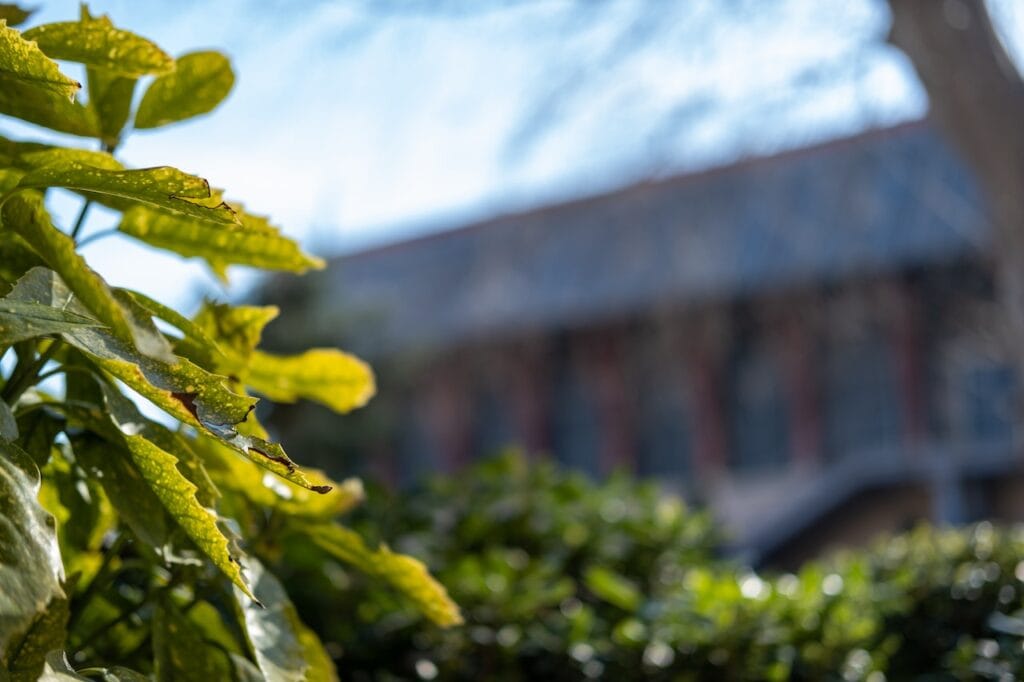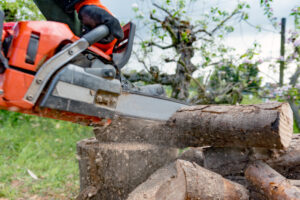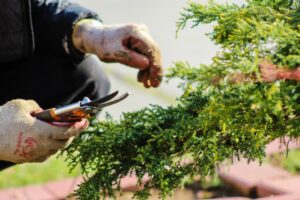The Calamondin orange tree, also known as Citrus microcarpa, is a hybrid that was created when a kumquat and a mandarin orange were crossed with one another. The fruit has a sour flavour that is more reminiscent of lemons and limes than it is of oranges. Both Indonesia and southern China can claim these trees as their own. Fruit plays an essential role in the cooking of the Philippines.
The trees can survive winters in zones 8b through 11. During the winter, gardeners in colder zones bring them inside to keep them alive.
Calamondins are deciduous trees that can reach a height of up to 10 meters (about 20 ft). If planted in containers and clipped, their height can be controlled between 6 and 10 feet. The trees have a columnar form, which indicates that they are far longer than they are broad.
The shapes of the leaves are oval. On the upper surfaces, they have a glossy dark green appearance, while the undersides have a yellowish green appearance. They can reach a length of one centimetre (0.3 inches).
The scent of the blossoms is very strong. It shouldn't come as a surprise that they smell like oranges. The flowers come in clusters of two or three and appear at the very tips of the stems. They are white in colour and are around 1 inch in width.
Because the flowers are self-fertile, they do not need to be pollinated by another calamondin tree to produce fruit. The indigenous insects are responsible for pollinating the flowers when they are cultivated outside. To get fruit from a plant that is grown inside, you will need to use a little paintbrush to pollinate the blossoms by hand.
Calamondin trees produce fruit continuously throughout the year. The months of November through June see the greatest increase in fruit production.
The fruit resembles a lime in that it is spherical and somewhat small. In most cases, the diameter ranges from 1 to 2 inches. However, there are also specimens that reach 2 inches in diameter. The pulp and juice found within the fruit are orange in colour, similar to that of a tangerine. In addition, the rind is orange and quite thin. It may take up to a year for the fruit to reach full maturity. The longer the fruit ripens on the tree, the more flavorful it will develop. Between eight and twelve seeds are produced by each fruit.
How to care for calamondin orange
Calamondin is a tree that can survive with only a moderate amount of water, so it is preferable to water it too little than to overwater it. Always keep the soil moist, but give the top 10 centimetres or so of the compost a chance to dry out in between waterings. A citrus-specific liquid feed should be added to the water at full strength during the spring and summer months and at half strength during the fall and winter months.
If you do not have access to a frost-free greenhouse or a cold conservatory, you should bring your calamondin orange indoors into the house. This variety of citrus is the most tolerant of the dry air in our heated houses, but it will still benefit from being regularly misted or from being placed on a shallow tray with a layer of stones that are just covered in water. This will cause the water to evaporate into the leaf, raising the humidity.
Each year, carefully remove the top three to four centimetres of the soil, being careful not to injure the roots, and replace it with garden or citrus compost (general-purpose composts are usually too alkaline). Every three years in the spring, repot the plant into a little larger container. Continue doing this until the plant reaches the largest size that can still be easily transported (at this time, the importance of annual top-dressing and consistent feeding becomes amplified).
How to Grow Calamondin Orange Trees Indoors
The vast majority of gardeners, as our professionals, choose to cultivate their calamondin orange trees indoors, in containers and only move them outside during the summer months. If the trees are to be grown indoors, they must be placed in an area where they will receive a lot of light. It is preferable to have a window that faces south.
They thrive in temperatures ranging from 70 to 90 degrees Fahrenheit. Therefore, you should keep them indoors until the night temperatures outside hit 70 degrees Fahrenheit. When the nightly temperatures drop to below 70 degrees Fahrenheit, bring them back inside the house in the fall. Keep children away from drafts caused by doors that lead outside during the winter months.
Growing conditions that are neutral to slightly acidic are ideal for calamondin oranges. You can manufacture your own by mixing equal parts compost, potting soil, and peat moss in the same proportions.
You should give it regular watering, exactly as you do with your houseplants, but you should let the top layer of soil dry up in between sprinklings. Calamondin oranges require humidity, but our homes do not provide it sufficiently. You will need to provide humidity for your tree, and you may do that by either spraying the tree or making use of a humidity tray.
Fertilise your plants once a month using a water-soluble fertiliser that is at its maximum power while they are actively growing. Reduce the concentration of the fertiliser to one-half during the winter months.
How to Grow Calamondin Orange Trees From Seed
Growing a Calamondin orange tree from a seed is a simple process. The trick is to use seeds that have been freshly extracted from recently picked fruits. Place your seeds about an inch and a half deep in a box that has soil that has been pre-moisturized and is somewhat acidic. To make a miniature greenhouse, simply cover the container with plastic wrap. Place it on a windowsill that gets plenty of sunlight, and check on it on a regular basis to make sure the soil doesn't dry out.
The temperature must be at least 70 degrees Fahrenheit for seeds to germinate. When the conditions are warmer, seed germination will take place more quickly. Utilising a heat mat will be of assistance. The germination process should take between three and six weeks. When you reach this stage, you can take off the plastic.
In around two years, you should be able to start gathering the fruit that has developed.
Calamondin planting for pots.
We recommend that calamondin be planted in a soil mix that has been blended previously and will later be treated with fertiliser.
- To prevent the roots from becoming suffocated in water and rotting, the bottom of the pot really needs to have holes in it.
- To guarantee that any extra water drains effectively to the base of the container, a layer of gravel, clay pebbles, or rocks is a perfect solution that may be poured in.
- Build up this layer to a thickness of about 1 to 2 inches (2.5 to 5 cm).
Expect to re-pot the plant every two or three years, on average, in a container that is marginally larger than the one it was previously growing in.
Re-pot the plant either in the spring or at the end of the summer.
Planting calamondin directly in the ground
Only in countries with a Mediterranean-type environment (dry, warm summers and dry, mild winters), as well as tropical climes, is it possible for this little orange tree to grow directly in the ground.
In the event that this is the case, combine the soil mix with the dirt from your garden. It is of the utmost importance to work toward achieving good drainage in your soil.
If the area does not drain well, make a hole that is slightly deeper than necessary and line the bottom with layers of gravel, rocks, sand, or clay pebbles.
How to prune calamondino
To prune it is not really essential at this point. Therefore, after repotting your calamondin in the spring, you should perform some minor pruning to rebalance the shape of the plant.
When it comes to pruning, there is only one rule: you can give it any form you desire! You have the option of treating it more like a tree with a relatively tall trunk or a bushy circular shrub. Should the necessity arise, it can even be pleated or trimmed to look like a flat espalier.
The most effective methods are to:
- Remove any withering branches or wood that is dead.
- Choose one of the two branches that are crossing one other, and then cut the other one off.
- When you periodically prune the centre of the calamondin tree, you will encourage more flowering and fruiting and reduce the risk of illness. To ensure that light can reach the tree's core, you must prune away a little portion of the growth.
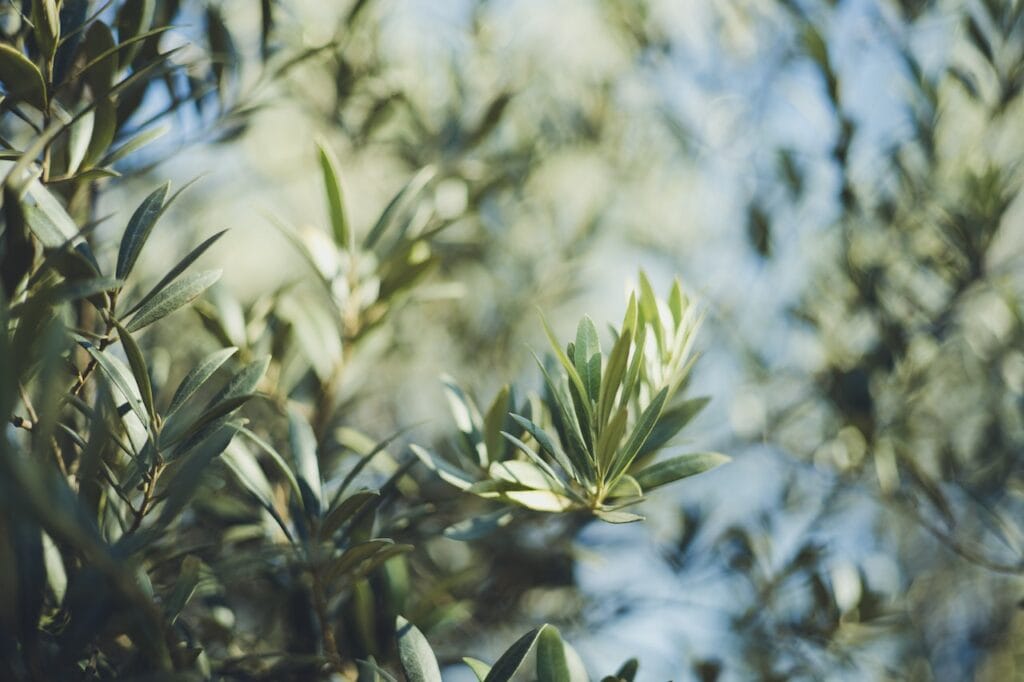
How to Propagate Calamondin Orange Trees From Cuttings
Trees that bear Calamondin oranges can be multiplied by means of either softwood or hardwood cuttings. Softwood cuttings are taken in the spring when the plant is in the midst of active growth, and hardwood cuttings are obtained in the fall when the tree has entered its dormant phase.
Create a cutting that is eight inches long using a branch that does not have any blooms or fruit on it. If you prune a branch that already has flowers or fruit on it, the plant will prioritise the production of fruit above the development of roots. Take off the leaves that are on the lower part of the cutting, and then immerse the end that has been cut into the rooting hormone.
Put your cutting into a container that has soil that has been pre-moisturized and is somewhat acidic. Press it down gently. I have observed that if I water the cuttings after they have been planted in the soil, the dirt and the cutting will float out of the container. To prevent this from happening, I always moisten the soil first before planting the cuttings. To make a little greenhouse, all you need to do is put a straw next to it and then cover the whole object with a plastic bag. The seedling will not be harmed because the straw will keep the plastic bag standing erect and away from it.
Place the bagged container on a windowsill where it will get plenty of sunlight. To prevent the soil from drying out, spray it regularly. In around two to four weeks, the roots should start to grow. When the cutting produces new leaves, you will know that roots have begun to develop from the cutting. Without proper root structure, plants are unable to produce new leaves.
You can discard the plastic bag once you notice that the roots have begun to develop. In around two years, you should be able to start gathering the fruit that has developed.
Repotting and topdressing
It is recommended that you repot your plant every two years. This helps replace the nutrients in the soil that are lost due to the plant's consumption of those nutrients. It's common for water to wipe away nutrients as well.
It is best to get this done either at the end of winter or in the spring after the flowers have bloomed and the fruit has formed.
Aside from that, summer is a perfectly good time.
If the container becomes too large for repotting, you have the option of topdressing instead. It's a workable solution, but you'll need to make sure to use a more nutrient-dense soil mixture than you would for a typical repotting.
How can I ensure that I have delicious fruits and beautiful leaves?
The quality of the fruit and the foliage will significantly improve if citrus-specific fertiliser is used.
In the beginning, when the plant is still quite young, there is a fair amount of fruit loss. As it grows older, remember to:
- Always provide fertiliser for it (citrus fertiliser),
- Adequate watering,
- Also, try to stay out of the direct sunshine between the hours of 10 am and 4 pm.
If the air around the plant is particularly dry, make an effort to provide more moisture to the air.
All of this facilitates the plant's escape stress, and as a result, it can keep its fruits on the plant until they are mature rather than randomly dropping them off.
Choosing the right pruning tool
Choose a set of pruning shears or secateurs that are good and sharp rather than snips, which are better suited for cutting flowers and stems that are more delicate.
Even though it is grown indoors, a calamondin is still a tree and will very certainly produce some difficult, woody growth.
If you don't already own some, it's a good idea to splurge on the greatest pair of pruners that money can buy if you don't already have. If you take care of it properly, a truly high-quality instrument can last you a lifetime.
The best blades are made of high-carbon steel, and you should search for handles that have an ergonomic form, are non-slip, and feel light and pleasant in your hand.
Instead of relying solely on customer evaluations before making a purchase, our advice is to first try out the product for yourself by getting your hands on a pair and putting it through its paces.
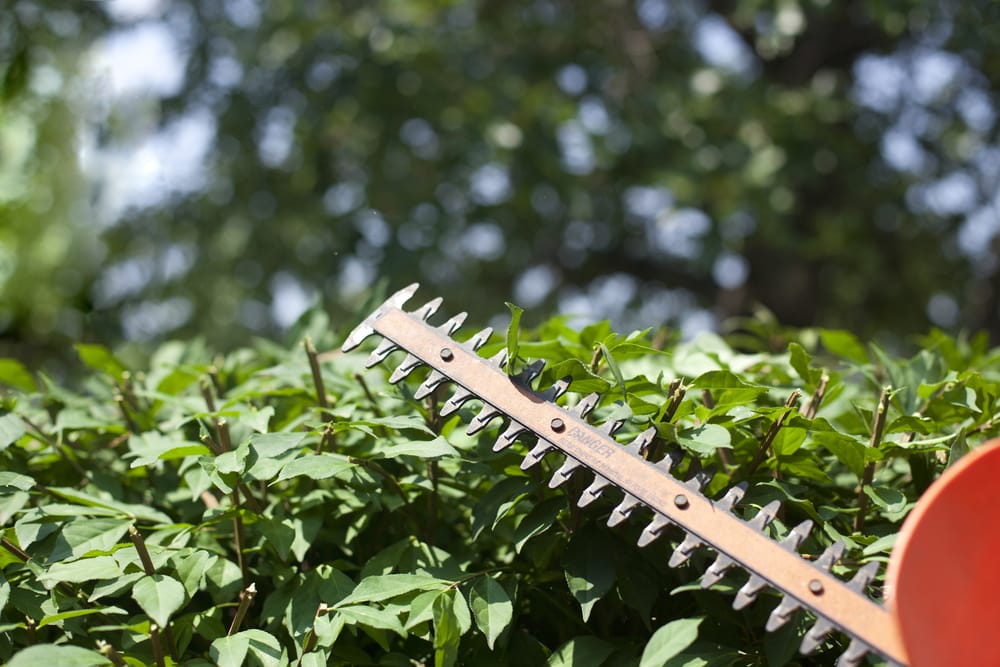
How to harvest calamondin orange
What you plan to do with your calamondin oranges will determine when you should pick them from the tree. It can take up to a year for them to ripen to an orange colour when they are fully mature. When it is at this stage, the fruit has the most sweetness. If you want the flavour to be tarter, for example, if you want to use it as a substitute for lemons or limes, the optimal time to harvest the fruit is when it is only slightly orange in colour, which is when it is said to be half-ripe.
The fruit's rind is extremely delicate and made of very thin layers. If you harvest the fruit by taking it off the branch, the rind will split as it is pulled away from the fruit. To carefully separate the stem from the branch, you can use either scissors or small pruners.
The fruit begins to swell in December and slowly matures, turning a deeper orange colour and increasing sweeter as spring unfolds. You should recognise that a calamondin is ready when the orange fruit becomes mushy. However, if you intend to eat it, it is best to harvest it earlier since the flavour is better while it is still firm and transitioning from yellow to orange. When removing the fruit from the branch, cutting it using scissors or secateurs will prevent the fruit's delicate skin from being harmed.
Pests and diseases - Solutions and answers
Underwatering causes the leaves to curl up, overwatering causes the foliage to turn yellow, and cold drafts cause leaves to drop off the plant. The presence of red spider mites, which can be managed by increasing the humidity around the plant, can also be indicated by the presence of yellow leaves. Sticky leaves are caused by citrus mealybugs and scale insects, both of which can be managed by washing the leaves with soap and warm water every so often.
If you want to keep your plant from becoming overgrown, you should perform some light pruning in the spring, when new growth first appears. When you prune back long branches in the spring, new branches will be encouraged to sprout from immediately below the cut you make. Cut at an angle right after a leaf node (where a leaf attaches to a stem).
Every couple of years repot young plants into larger containers. If you overpot your plants, they won't bloom. Thus, it's important to keep them in small containers. Use a pot with a diameter of approximately 6 inches (15 cm) until the plants are three or four years old, at which point you should transfer them up to a container that is 8 inches (20 cm) in diameter. When you repot the plant, you should position it at the same depth as it was in the previous container; however, you should not bury the stems because this will cause the stems to rot. Always choose a container with a hole at the bottom for drainage to prevent root rot.
Pollinate your plant. To stimulate the production of fruit, calamondin orange trees that are kept in an indoor environment will require manual pollination. Just chill out; you'll figure it out. To dab each blossom, use a small paintbrush that is completely dry. As you move from flower to flower, you should wiggle the brush around the centre of each bloom. Like bees, this transports pollen from male to female flowers in the flowering plant.
Is something bothering your plant? Check your calamondin tree for any insects that resemble scales. They are relatively little insects that have a spherical, brownish appearance and are drawn to the leaves and stems of citrus trees. Since this plant will produce fruits that can be consumed, it is in your best interest to remove the scale by carefully scraping it off one by one. If they are challenging to remove, try removing them one at a time by rubbing each one with a cotton swab that has been coated in vegetable oil.
No blooms? It's possible that the container that your citrus tree is in is too big for it. Most of the time, plants will produce the most beautiful blooms if their roots are constricted in the container.
Have you lost some flower buds? It is likely that the air is too dry, as this is the cause of flower buds falling off before they can develop into a fruit. During the winter, the humidity level indoors can decrease to dangerously low levels. When I have near-tropical plants in my home, I utilise a humidity monitor because it is the only way to know for certain whether or not the plants will suffer from a dry environment.
Summary
One of the most beautiful and easy-to-grow interior fruit trees is the Calamondin orange tree. It is also one of the greatest indoor fruit plants. Find out how to cultivate this dwarf citrus tree as a houseplant, including how to re-pot it, prune it, and water it. If it seems to you that taking care of trees is a very complicated thing, don't worry, our arborists will be happy to help you
You will want to get citrus plants from a reputed grower who has been grown from cuttings rather than from seed because citrus trees grown from seed are less likely to produce a harvest.
Frequently Asked Questions
Can I prune my calamondin orange tree to control its height?
Yes, you can prune your calamondin orange tree to control its height. If you want to maintain a specific size or prevent the tree from growing too tall, you can selectively trim back the upper branches to reduce the overall height. It's important to maintain a balanced shape and avoid removing more than one-third of the canopy in a single pruning session to ensure the tree's health and vigour.
What should I do if I accidentally prune too much from my calamondin orange tree?
If you accidentally prune too much from your calamondin orange tree, it's important not to panic. Although the tree may appear unbalanced or stressed initially, it has a remarkable ability to recover. Ensure the tree receives proper care, including adequate watering and fertilization, and monitor its progress. With time, the tree will regrow and restore its natural shape.
Can I prune my calamondin orange tree to rejuvenate its growth?
Yes, you can prune your calamondin orange tree to rejuvenate its growth. If the tree has become overgrown, sparse, or has stopped producing fruit, rejuvenation pruning can help. It involves removing a significant portion of the canopy, typically in the late winter or early spring, to stimulate new growth. However, it's crucial to avoid removing more than one-third of the canopy at a time to prevent excessive stress on the tree.
Can I prune my calamondin orange tree during the summer or fall?
It's generally not advisable to prune a calamondin orange tree during the summer or fall. Pruning during these seasons can stimulate new growth that may be sensitive to frost damage in colder regions. Late pruning can also disrupt the tree's natural dormancy process. Stick to late winter or early spring for pruning to ensure optimal results.
Are there any specific considerations for pruning young calamondin orange trees?
Pruning young calamondin orange trees is slightly different from pruning mature ones. Focus on training the tree's structure by removing any competing branches and maintaining a central leader. It's crucial to establish a well-balanced framework during the early years to ensure proper growth and fruit production in the future. Avoid heavy pruning in the first few years to allow the tree to establish a strong root system.

